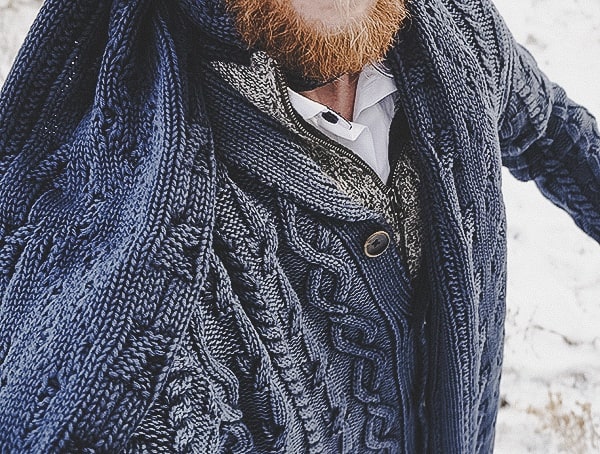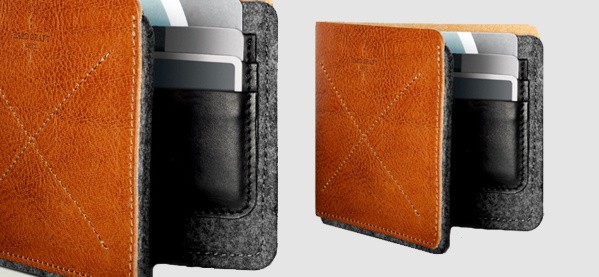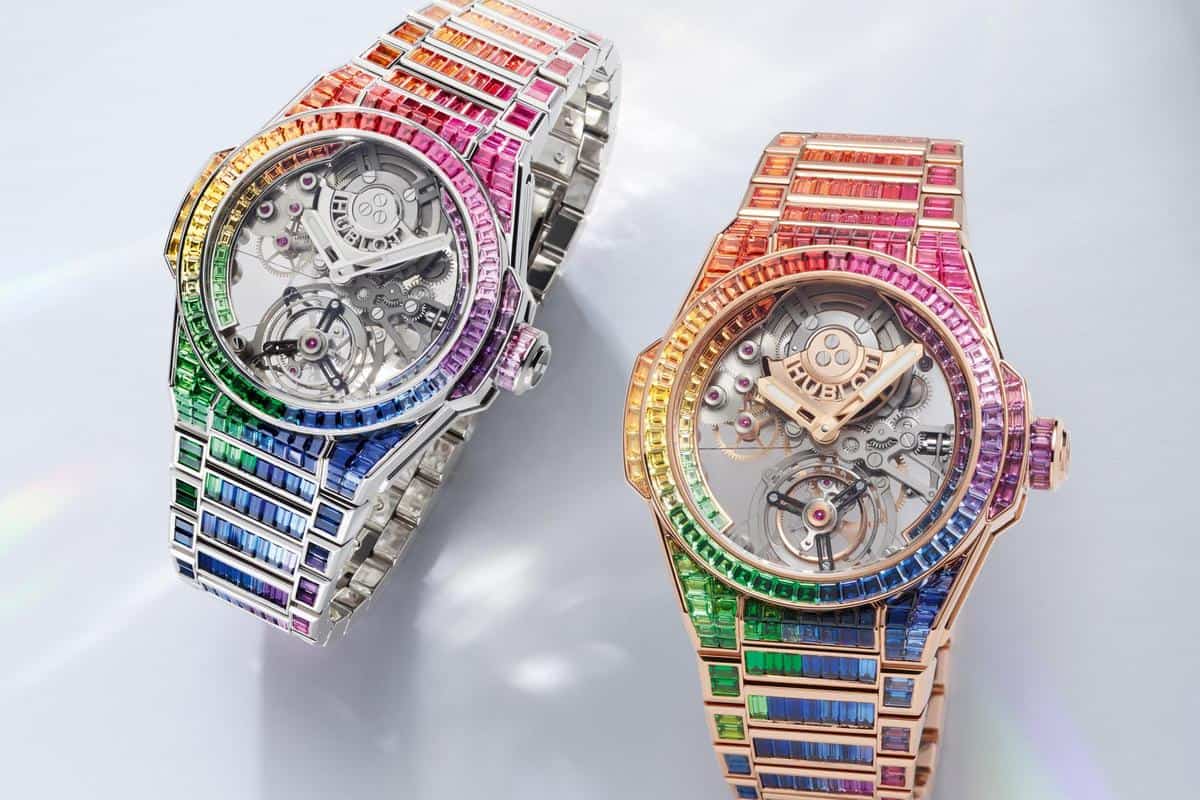Definitive Guide To The Lapel Flower – Bloom Of Stylish Meaning
The lapel flower has been around for many years yet few know anything related to the early history of this fashion accessory that has long been a popular “go-to” item for men of all ages. Perhaps you recognize the lapel flower by its more common designation as a “Boutonniere”. No matter which of the terms is being used it still refers to a decorative flower that is worn on the lapel of a man’s suit.
Typically one would expect to see lapel flowers in particular settings. When participating in a wedding, a formal event, a funeral procession or a formal dance the boutonniere is almost a certainty to put in an appearance. For some these same uses have conferred an unfair reputation upon these flowers.
It is not uncommon to have people refer to a lapel flower as stodgy, stuffy or pretentious. Sure, these fashion accessories are usually reserved for use in more formal settings but does this make lapel flowers “dull” and “old-fashioned”?
Modern day fashions and the increasing interest in expanding a gentleman’s style choices have opened the doors to a resurgence in items such as tie clips, cuff links, handkerchiefs and lapel flowers. Classic styles are rapidly becoming popular among the younger generation as they look to create a blend of traditional dress and modern trends.
As is true with any singular item in the fashion world what is new becomes old and what was once old will once again become new. The constant recycling of styles ensures that the lapel flower will never truly be completely out of style.
As you trace the historical roots of lapel flowers, it is obvious that flowers and greenery were the favorite choices to integrate into celebratory events or to use for decorative purposes. More than 4000 years ago people were demonstrating allegiance and loyalty with floral displays. Many flowers were considered lucky, and people believed that wearing certain flowers would protect them against evil, disease and disaster.























